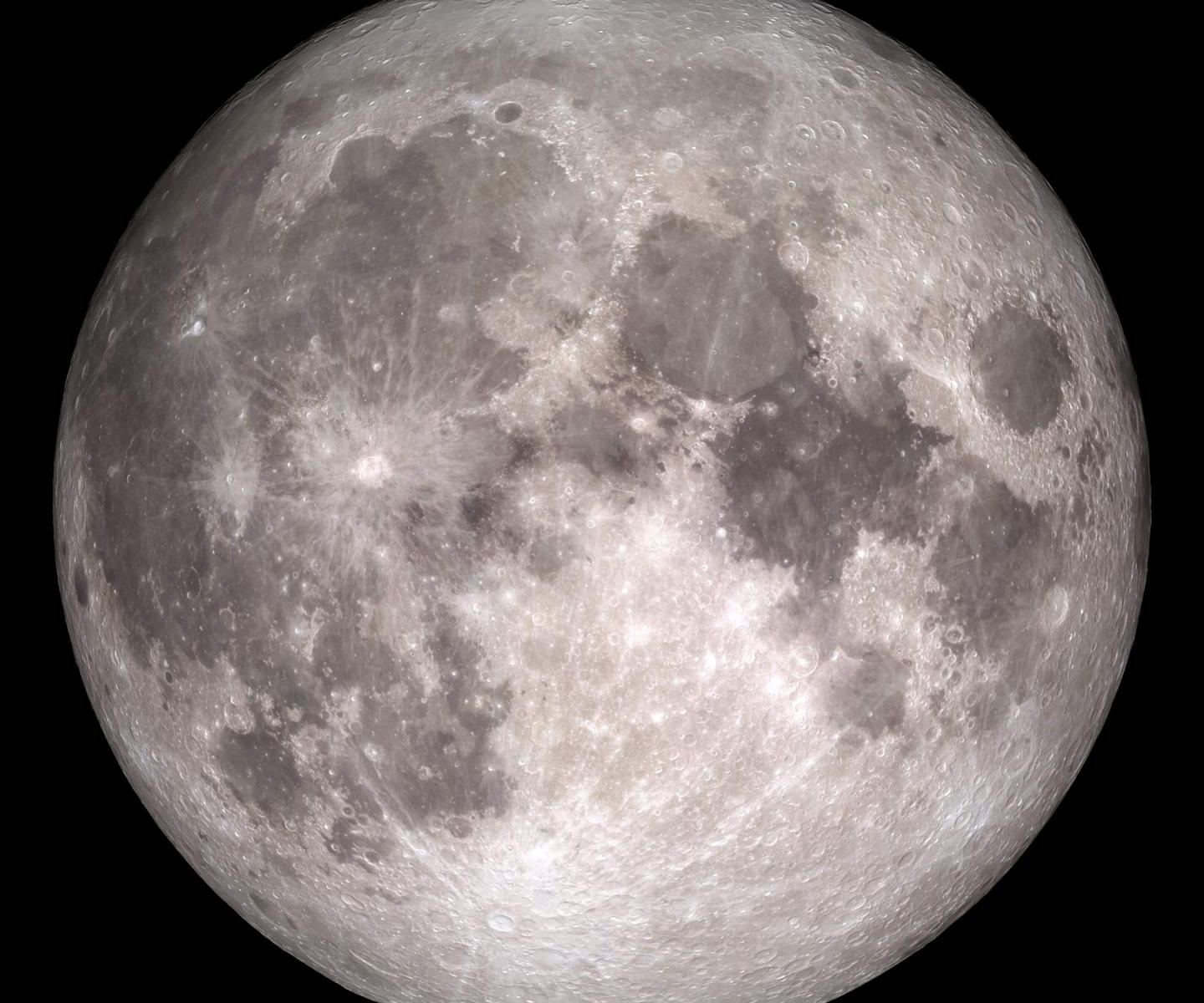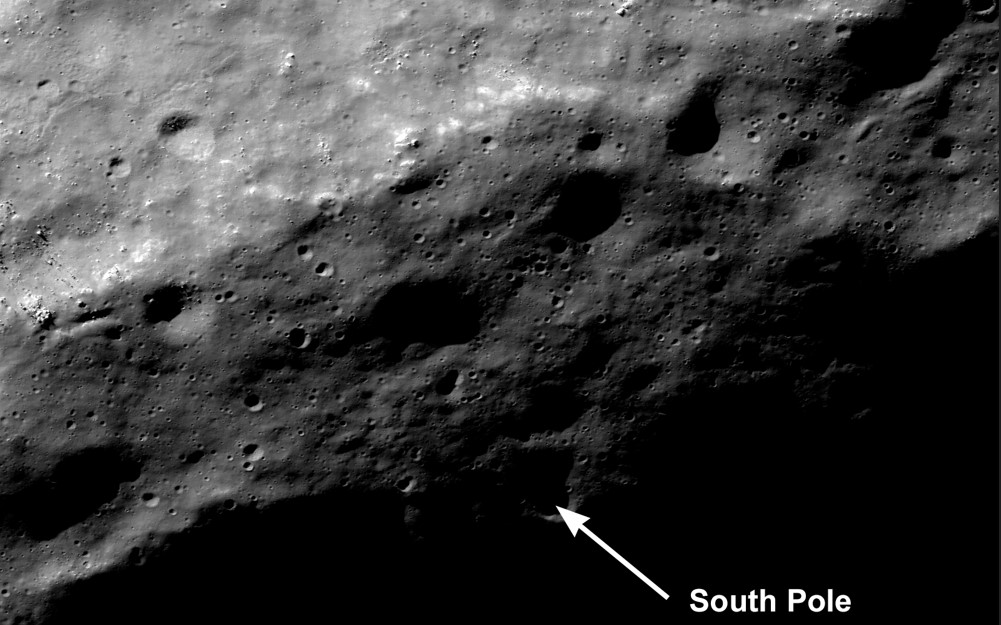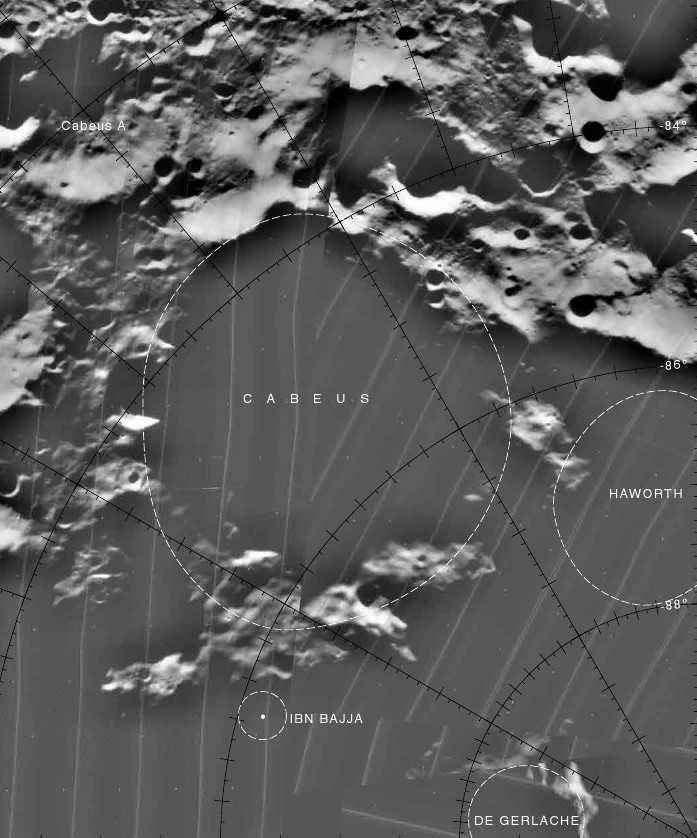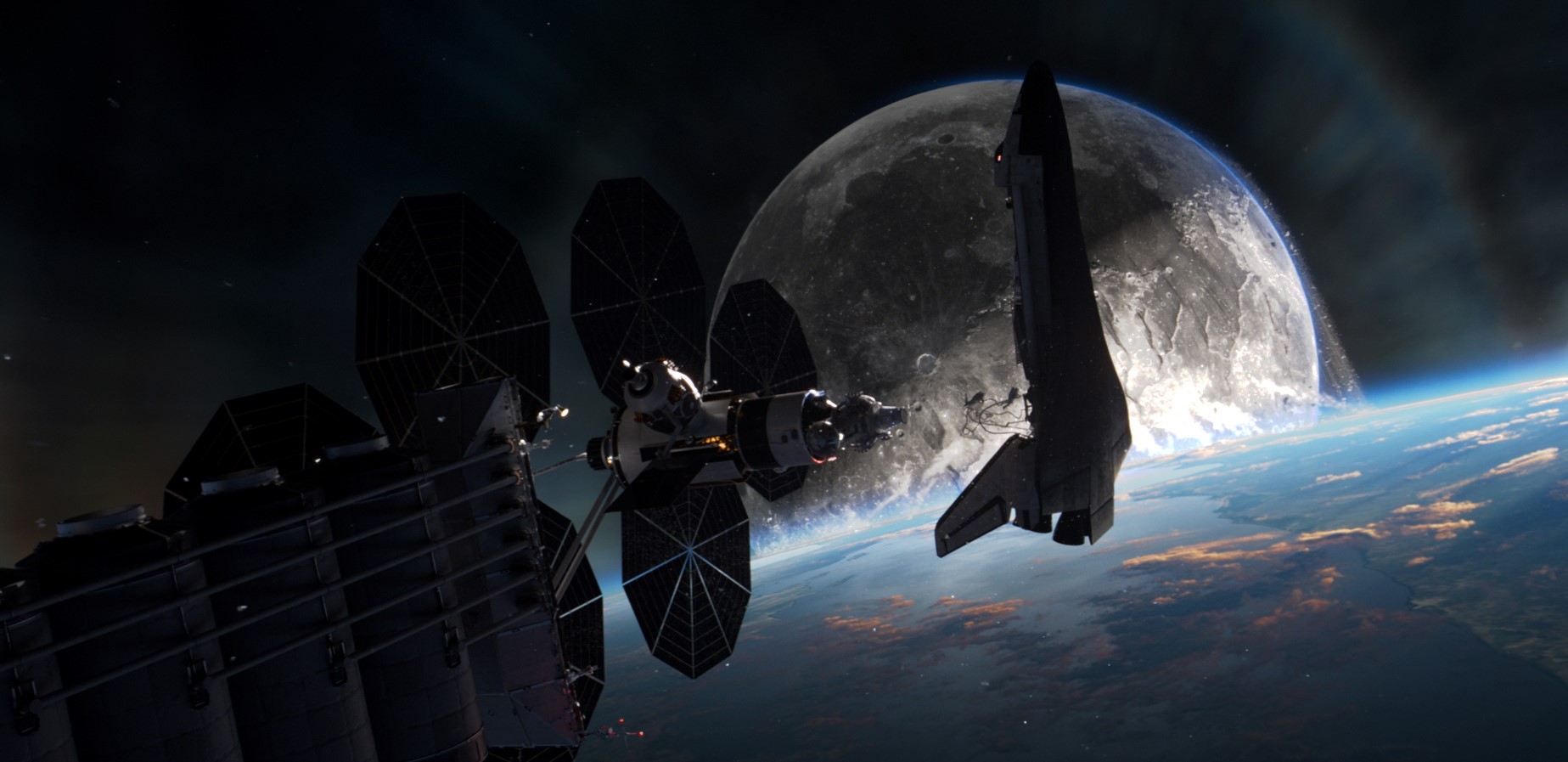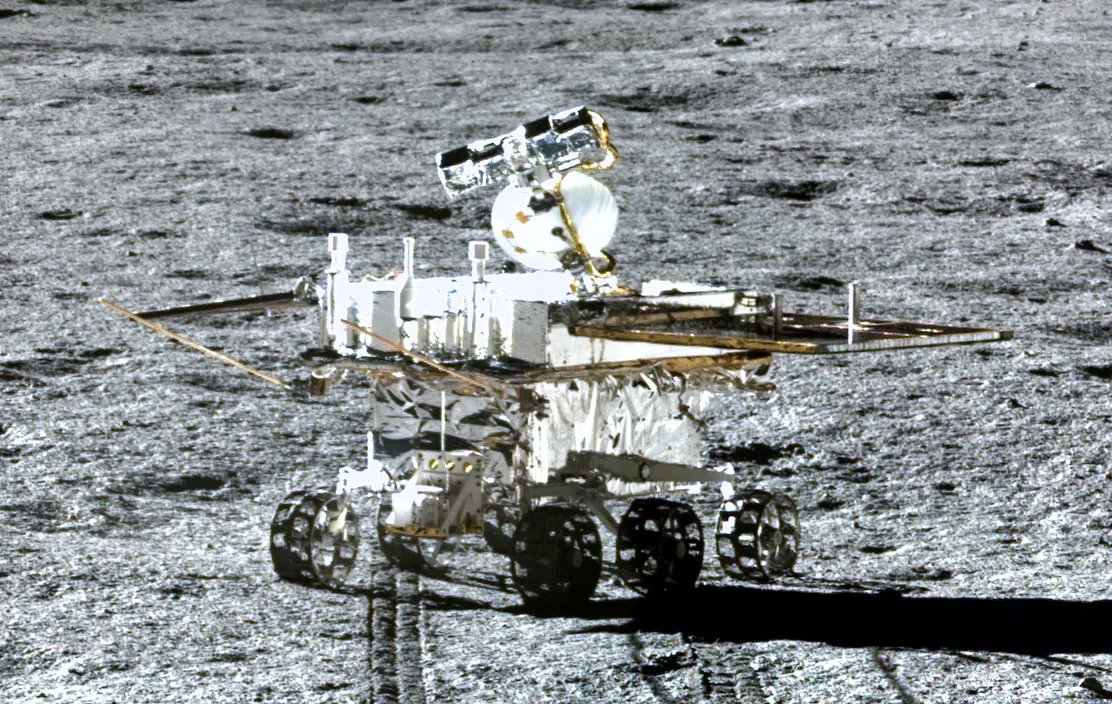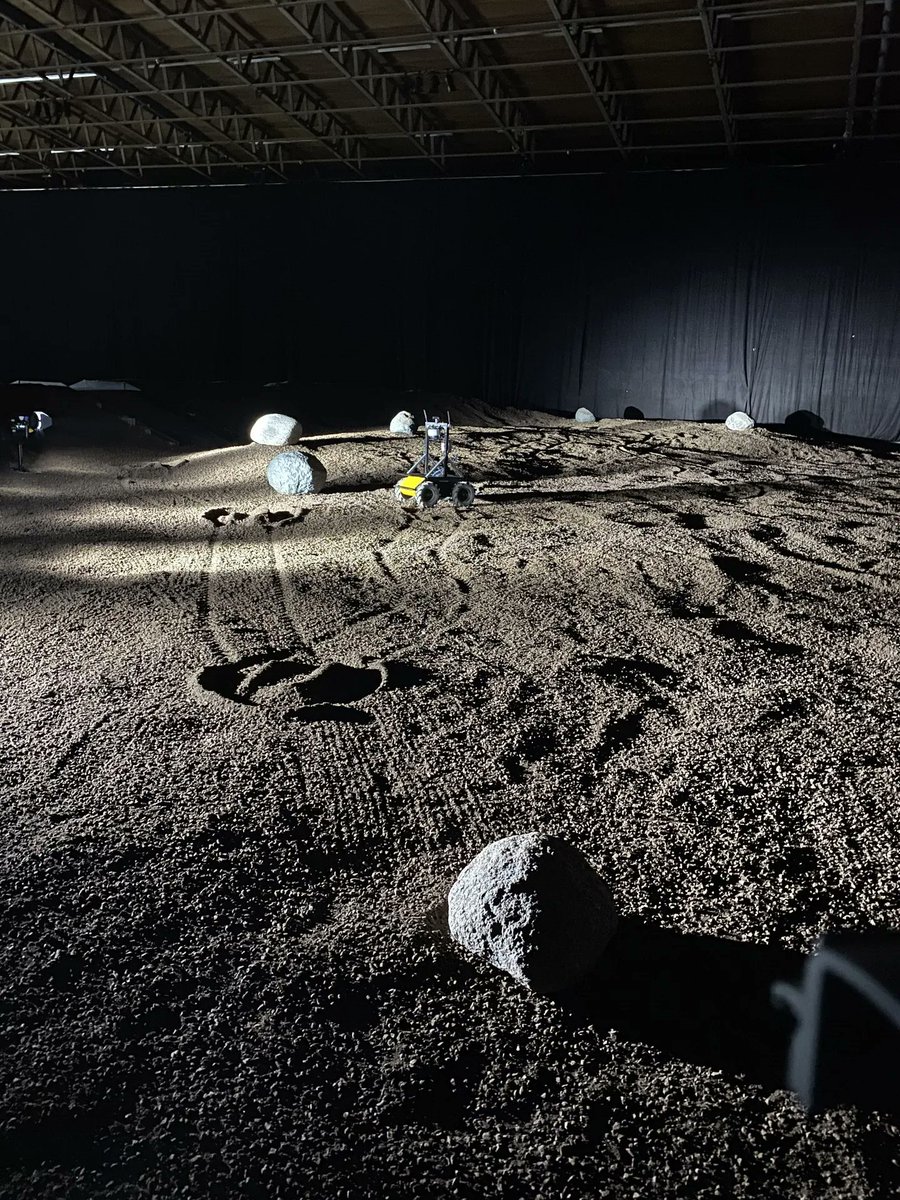For years, NASA has been gearing up for its long-awaited return to the Moon with the Artemis Program. Beginning in 2025, this program will send the first astronauts (“the first woman and first person of color”) to the Moon since the end of the Apollo Era. Beyond that, NASA plans to establish the necessary infrastructure to allow for a “sustained program of lunar exploration,” such as the Lunar Gateway and the Artemis Base Camp.
Beyond these facilities, several elements are essential to ensuring a long-term human presence on the Moon. These include shelter from the elements, food, air, water, and of course, power. To address this last element, NASA has teamed up with HeroX – the leading crowdsourcing platform – to launch the NASA Watts on the Moon Challenge. This competition is entering Phase II and will award an additional $4.5 million for innovative concepts that supply power to future lunar missions.
Continue reading “NASA is Upping the Power on its Lunar Wattage Challenge!”

